Iron deficiency anemia is the most common type of nutritional anemia and is highly prevalent in young children. After birth, breast milk is the only source of iron. Although the amount of iron in breast milk is low, the absorption rate is high. If the child is not breastfed adequately, he or she will have iron deficiency leading to anemia.
Causes of anemia, iron deficiency
There are many causes of anemia and iron deficiency in children including:
- Due to diet: If the mother lacks nutrients, does not have foods rich in iron, drinking a lot of cow's milk every day will reduce the absorption of iron in food.
- Due to diseases that cause reduced iron absorption: Inflammatory bowel disease (ileocolitis - jejunitis, autoimmune enteritis...); Gastritis caused by Helicobacter pylori...
- Increased iron needs: Children, premature babies, some chronic diseases, chemotherapy...
- Blood loss: Accompanied by causes of bleeding from the digestive tract, urinary tract...
- Other causes: Surgery, trauma; Prolonged use of non-steroidal anti-inflammatory drugs.
- The most common in children is parasitic infection (helminths).
Which children are at risk of anemia and iron deficiency?
- Children born to mothers who did not get enough iron during pregnancy, especially in the last months of pregnancy.
- Premature babies, especially the more premature they are, are more likely to be iron deficient. Twins come next.
- Children eat a lot of powder for a long time (powder contains phytic acid and phosphates which reduce iron absorption).
- Diet: When the baby starts eating solid foods but the diet does not contain foods containing iron.
- Children with underlying gastrointestinal diseases, such as malabsorption, chronic diarrhea or allergies, gastroenteritis caused by helicobacter pylori, severely malnourished children, hookworm infections... are the causes of anemia and iron deficiency in children.
- Children who are malnourished or obese are also at increased risk of anemia and iron deficiency.
- Children who are supplemented with iron but do not get enough dose can also be anemic and iron deficient.
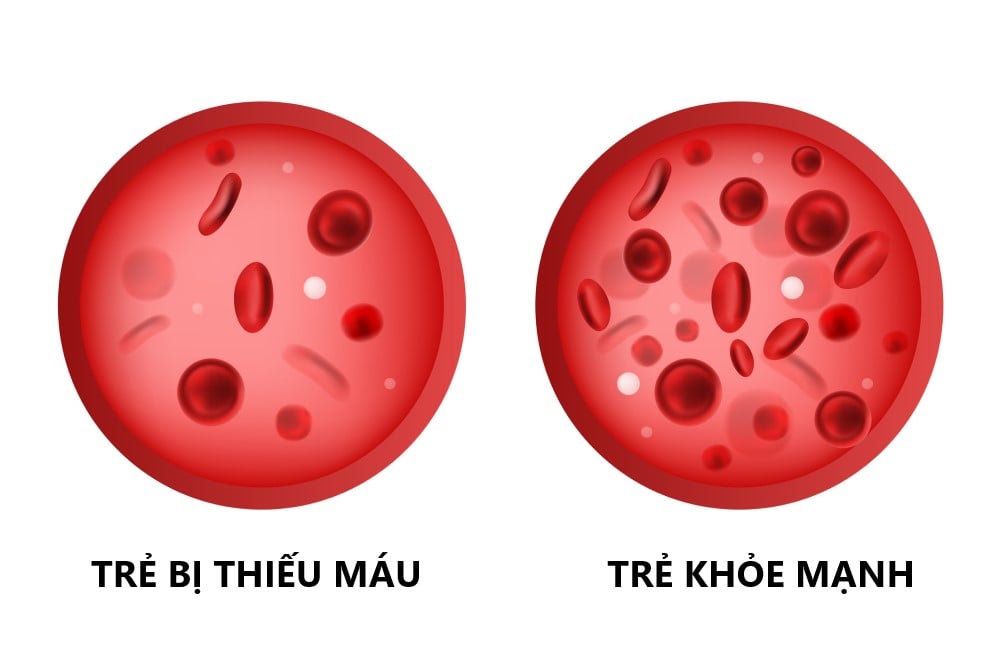
Iron deficiency anemia is the most common type of nutritional anemia and is highly prevalent in young children.
Signs of anemia and iron deficiency in children
When anemic, iron deficiency children will have pale skin and pale mucous membranes, this is the most prominent sign.
The accompanying symptoms depend on the severity of the disease. Children show signs of fatigue, lack of activity, fatigue when moving; poor appetite, loss of appetite; slow physical development; digestive disorders; reduced immune function, susceptible to infectious diseases. School-age children often show signs of poor learning due to lack of concentration.
In addition, there may be atrophy of the mucosa and loss of lingual papillae, making it difficult for the child to swallow, with flat, brittle nails, pale, grooved fingernails and toenails, and rapid heartbeat.
How to prevent anemia and iron deficiency?
- To prevent anemia and iron deficiency in children, it is necessary to:
- Breastfeed or give your baby iron-fortified formula during the first year of life.
- Eat a balanced diet rich in iron and vitamins.
- Maintain a varied diet for children, use iron-rich foods such as red meat, lean pork, beef, tuna, liver, blood, beans, peas or green vegetables such as amaranth, Malabar spinach... and vitamin C to increase iron absorption. Iron from animal foods is more easily absorbed than from plant foods.
- When preparing beans for children, be sure to remove the skin, because the skin of beans contains substances that inhibit iron absorption.
- Deworming annually for children over 12 months old.
Dr. Pham Van Hieu
Source: https://giadinh.suckhoedoisong.vn/tre-nao-de-co-nguy-co-bi-thieu-mau-thieu-sat-17224111216074285.htm



![[Photo] T&T 1 and Ho Chi Minh City 1 People's Police Teams won the men's and women's team championships](https://vphoto.vietnam.vn/thumb/1200x675/vietnam/resource/IMAGE/2025/5/22/39db06ae67cb4001b7a556e8d9a56d07)
![[Photo] Prime Minister Pham Minh Chinh chairs meeting on draft Resolution of National Assembly on International Financial Center in Vietnam](https://vphoto.vietnam.vn/thumb/1200x675/vietnam/resource/IMAGE/2025/5/22/d398664ff1a140629169ea5a24e1b4d0)
![[Photo] General Secretary To Lam chairs a working session with the Central Internal Affairs Commission](https://vphoto.vietnam.vn/thumb/1200x675/vietnam/resource/IMAGE/2025/5/22/3b7790f499da45b2803d8ae253207ef1)

![[Photo] Press delegation meeting to visit Truong Sa and DK1 Platform](https://vphoto.vietnam.vn/thumb/1200x675/vietnam/resource/IMAGE/2025/5/22/6b8d232877ec421a9e8187d83b9f8006)
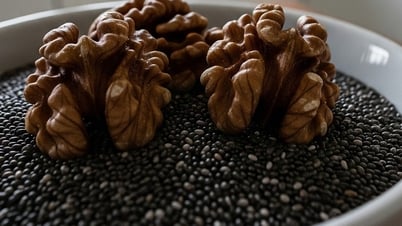

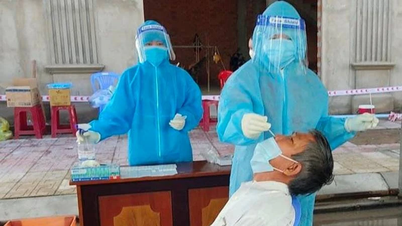




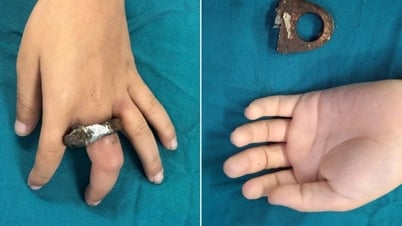










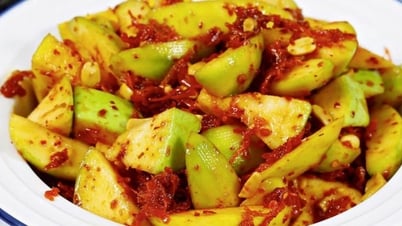
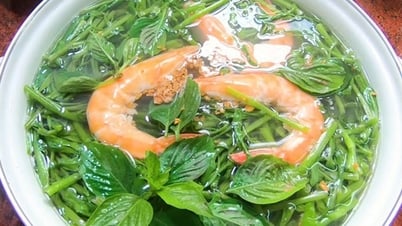








































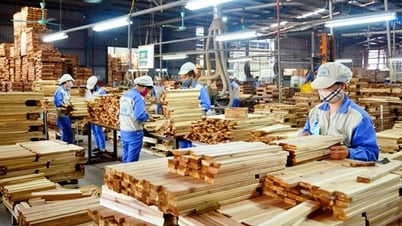






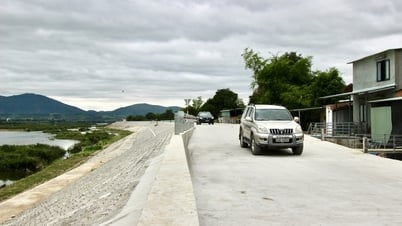







![[Podcast] Week introducing more than 500 OCOP products in Hanoi](https://vphoto.vietnam.vn/thumb/402x226/vietnam/resource/IMAGE/2025/5/22/d144aac2416744718388dbae3260e7fd)





Comment (0)